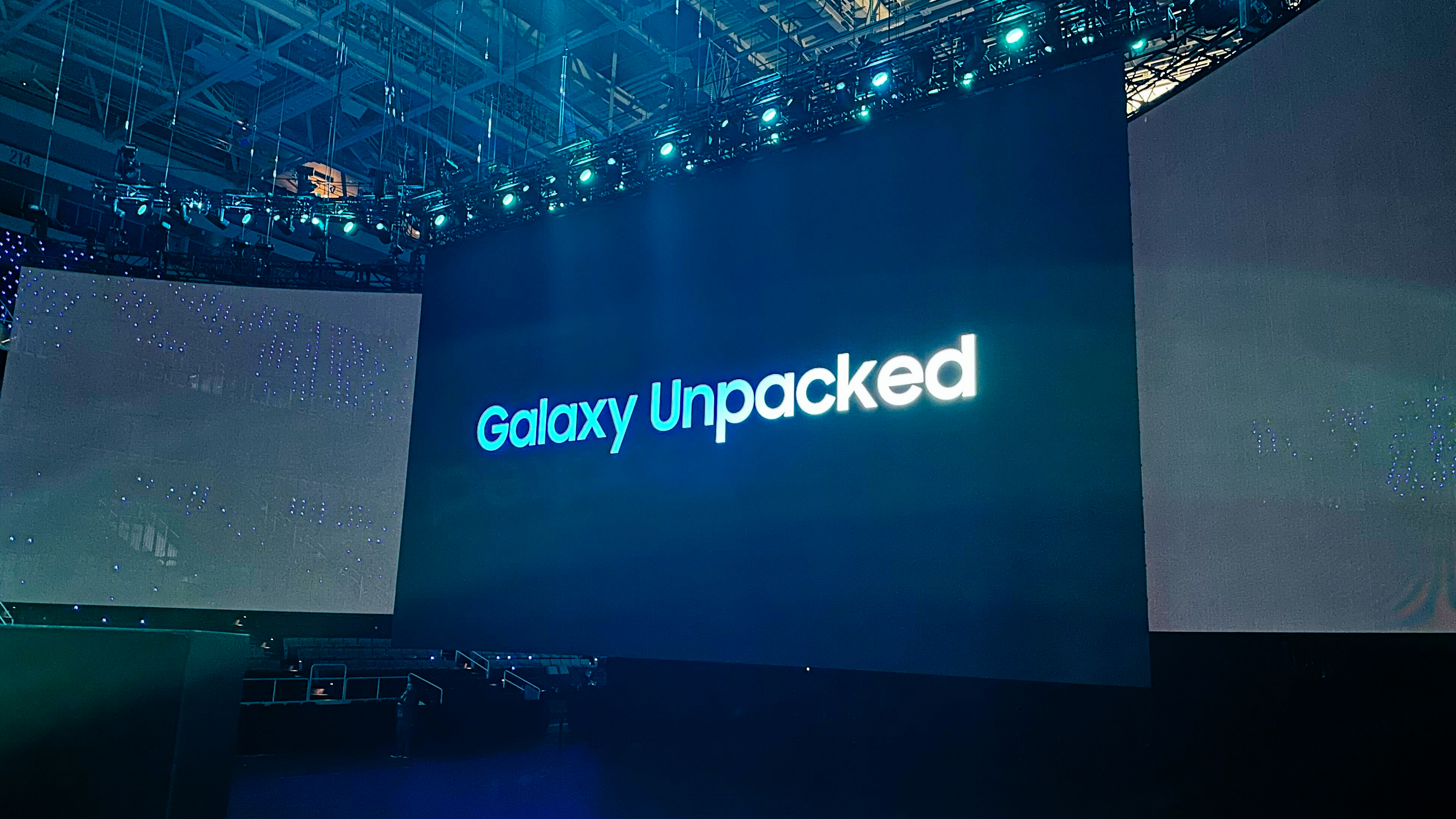Samsung Galaxy Z Flip 6 vs. Motorola Razr Plus 2024: Different strokes
How do the Galaxy Z Flip 6 and Razr Plus 2024 stack up against each other?
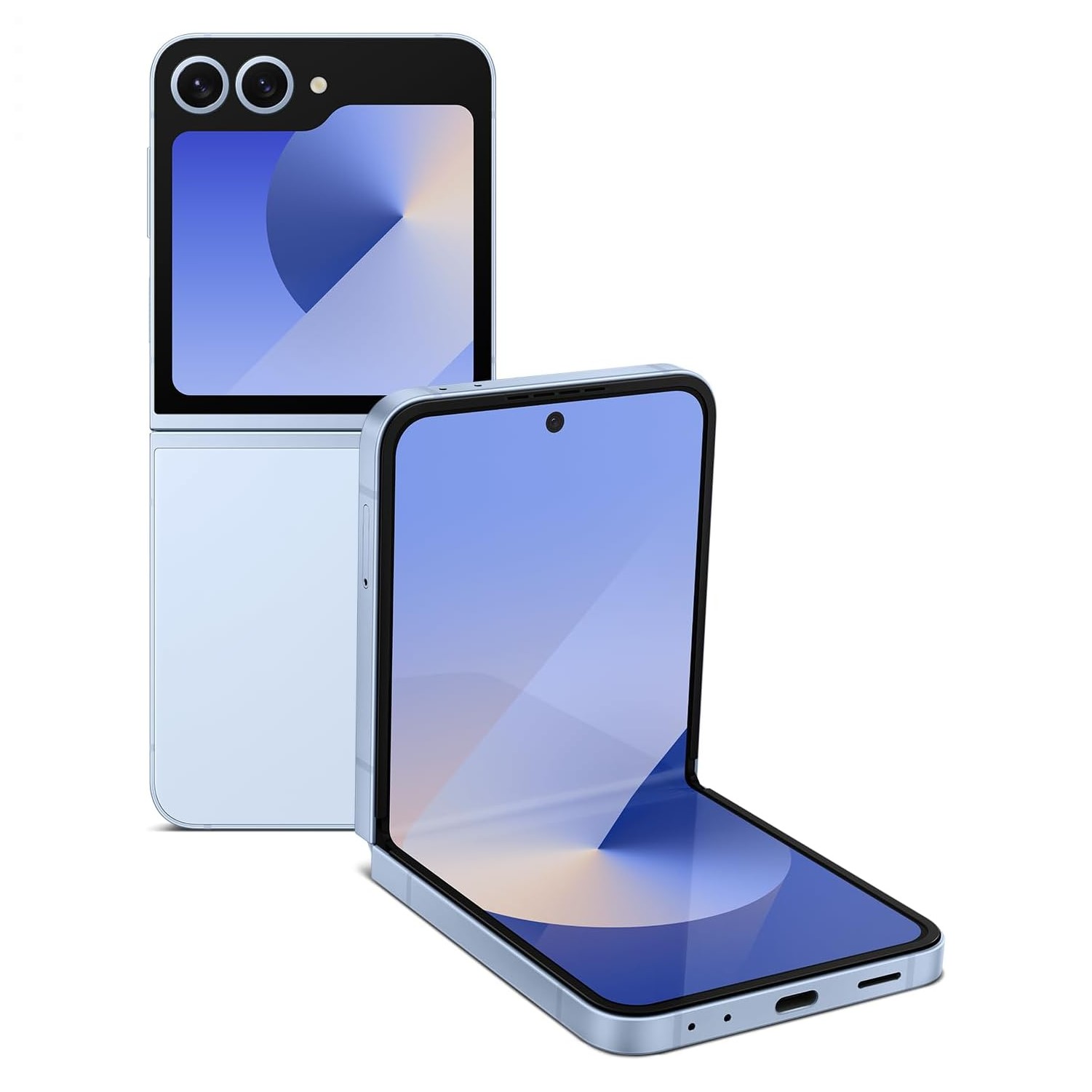
The Flip, refined
The Samsung Galaxy Z Flip 6 features the most powerful chip found in a flip phone, offering great performance and tons of new AI capabilities. The new 50MP camera adds more details to your images and Samsung's impressive software promise means you'll get the latest updates for the next seven years.
For
- Exceptional performance
- Soft matte finish on frame
- More storage and color options
- Secondary ultrawide camera
- More AI features
- Seven-year update promise
Against
- Smaller external display
- Cover screen apps require you to jump through hoops
- Slower wired charging
- Sharp edges can be painful
- More expensive
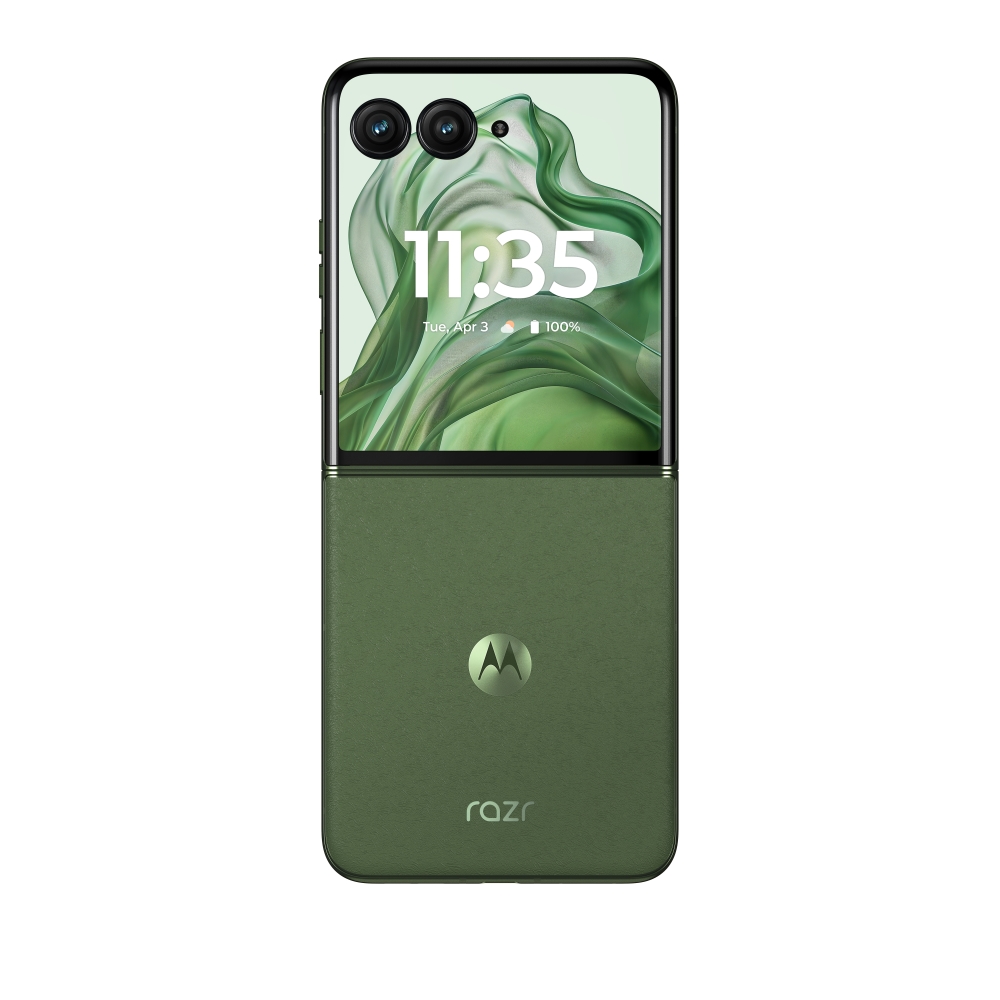
Flipping the script... again
The Motorola Razr Plus 2024 has one of the largest cover screens of any flip phone, giving you tons of room to use your apps without opening the device. You also get an improved dual 50MP camera system that can capture stunning portraits, as well as a premium vegan leather back for a unique look and feel.
For
- Great performance
- Larger, more useful cover screen
- Faster display refresh rate
- Telephoto camera for portraits
- Faster wired charging
- Vegan leather on all color options
- Cheaper
Against
- No ultrawide camera
- Fewer software updates
- Not all AI features available at launch
- No official dust resistance rating
Flip phones used to mean those tiny phones with tiny greyscale screens that flipped open in your pocket. Now, it means something totally different. These are premium devices that give you tons of screen in a pocketable design.
Two models you might be considering are the Samsung Galaxy Z Flip 6 vs. Motorola Razr Plus 2024. The former is more of an iterative upgrade over its predecessor while the latter is a pretty big jump from the previous generation model in the series.
Making the decision even more challenging, both phones have very similar specs. But having spent time with both phones, I can help you make the right choice that meet your personal needs with some informed insight.
Samsung Galaxy Z Flip 6 vs. Motorola Razr Plus 2024: Design and displays
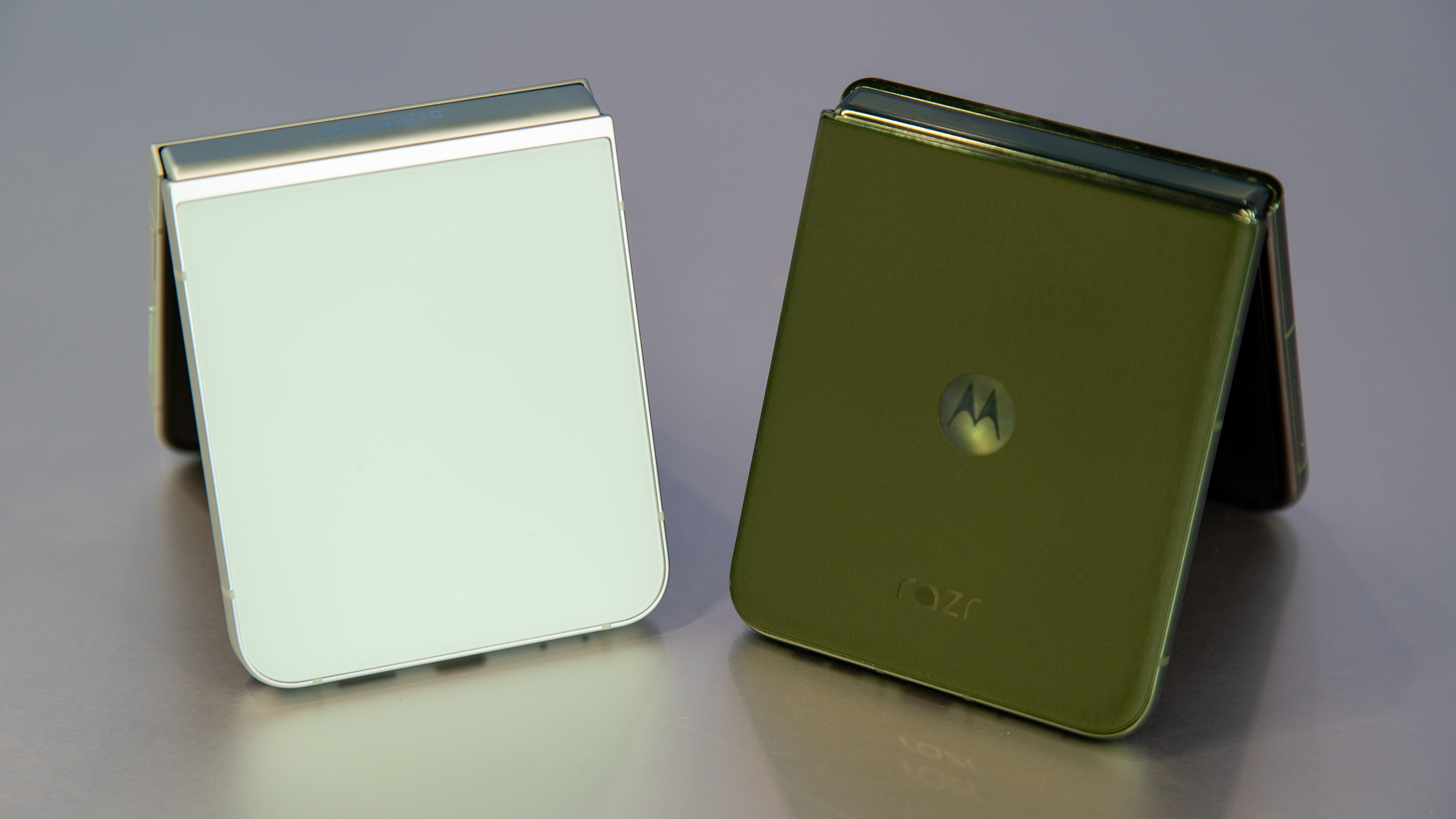
Similar to the Motorola Razr Plus 2023 vs. Galaxy Z Flip 5 comparison, these two phones take a very different approach to design. Motorola's phone retains the curves and rounded frame of its predecessor, while the Galaxy Z Flip 6 doubles down on the boxy design by adopting an even flatter frame. Both look great in their own way, so it's really up to personal preference which one has the better design.
The Galaxy Z Flip 6 has a matte finish on the frame that I prefer over the more glossy finish on the Razr Plus 2024. But the sharp edges dig into my fingers when using the phone, which can become very uncomfortable over time. Meanwhile, the Motorola Razr Plus 2024 adopts vegan leather on the back instead of glass, which has a nice feel to it. It won't be subjected to breaking the same way a glass pack panel will, but some may find that it feels cheap depending on the color you get.
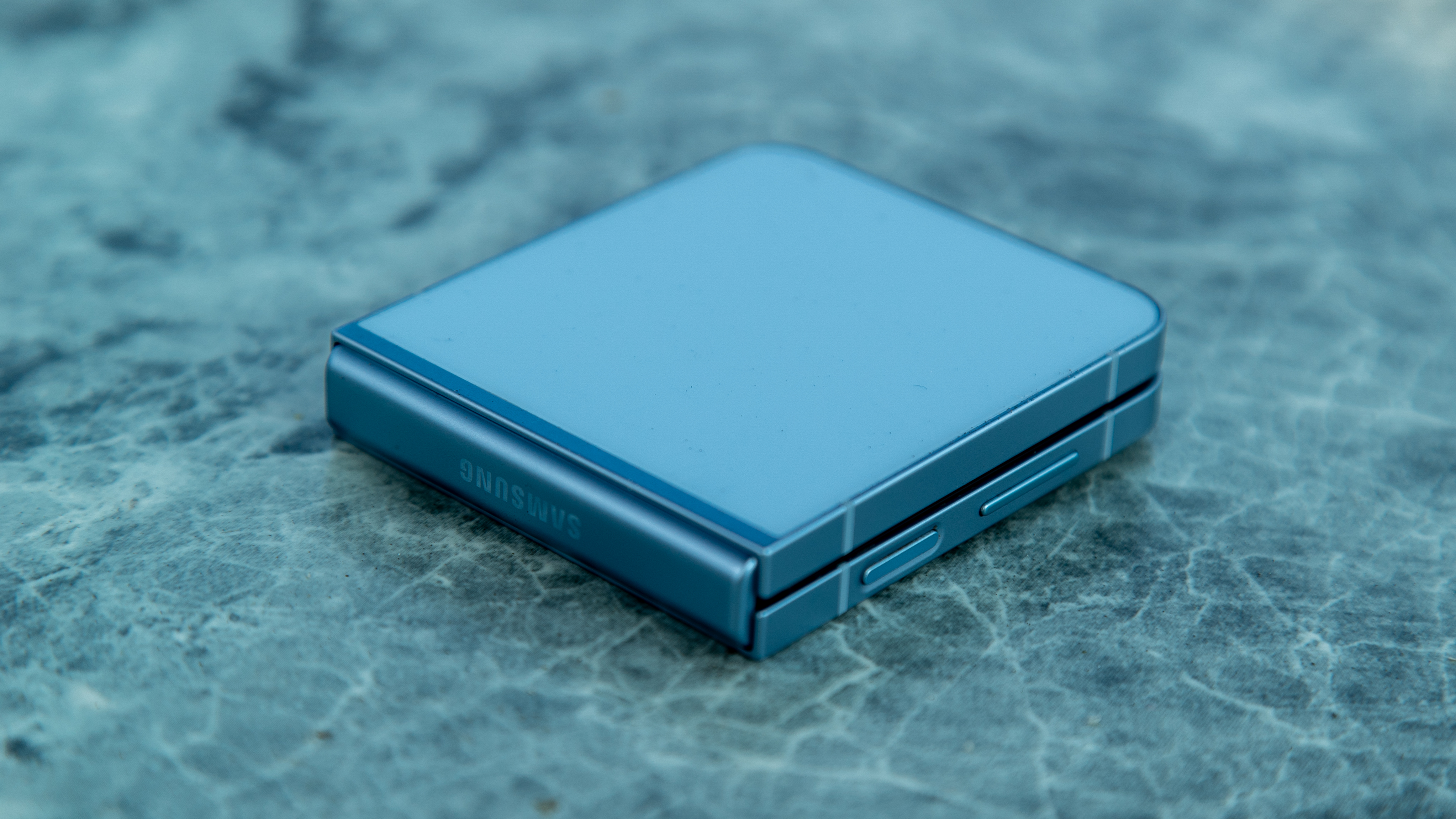
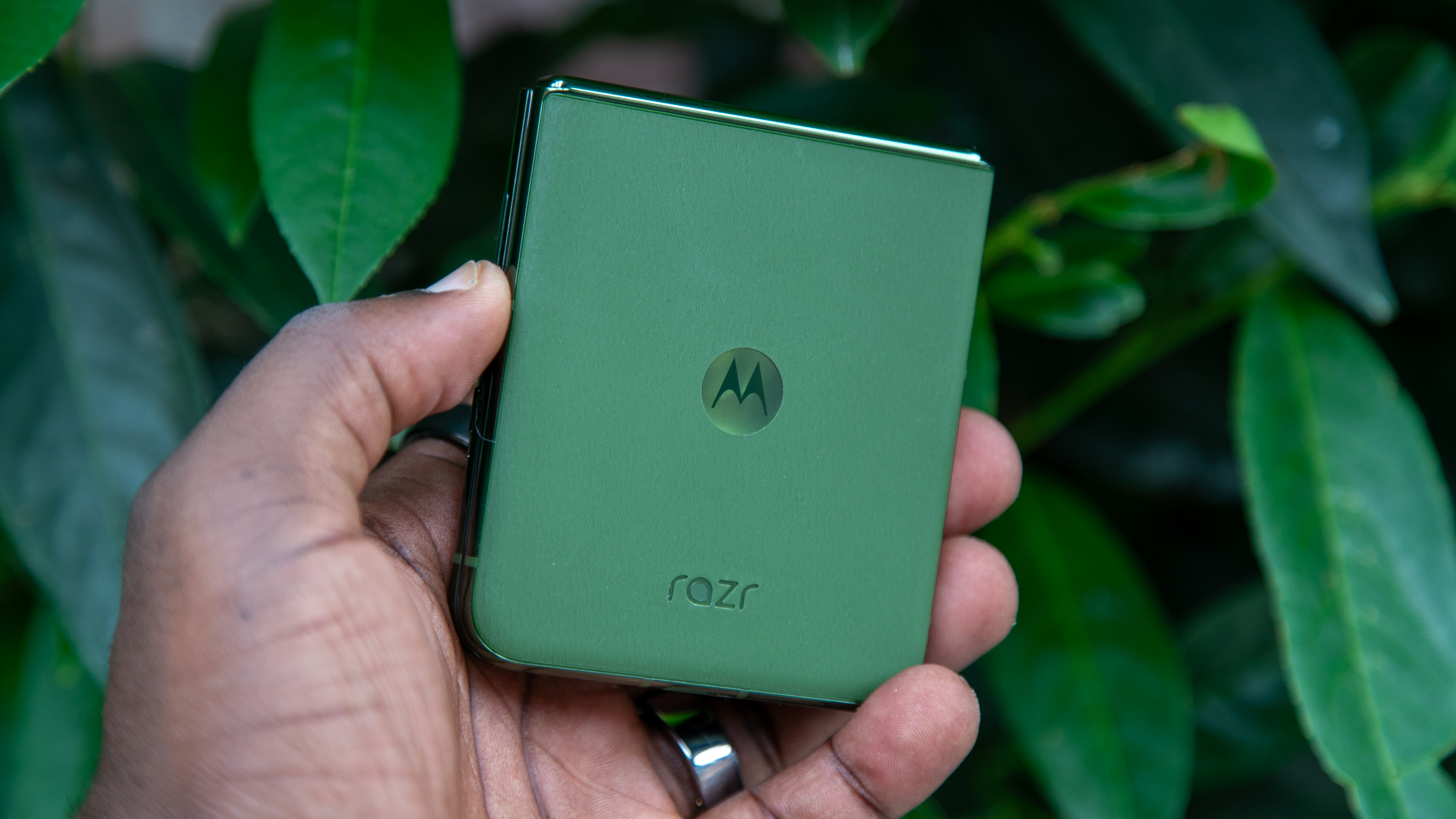

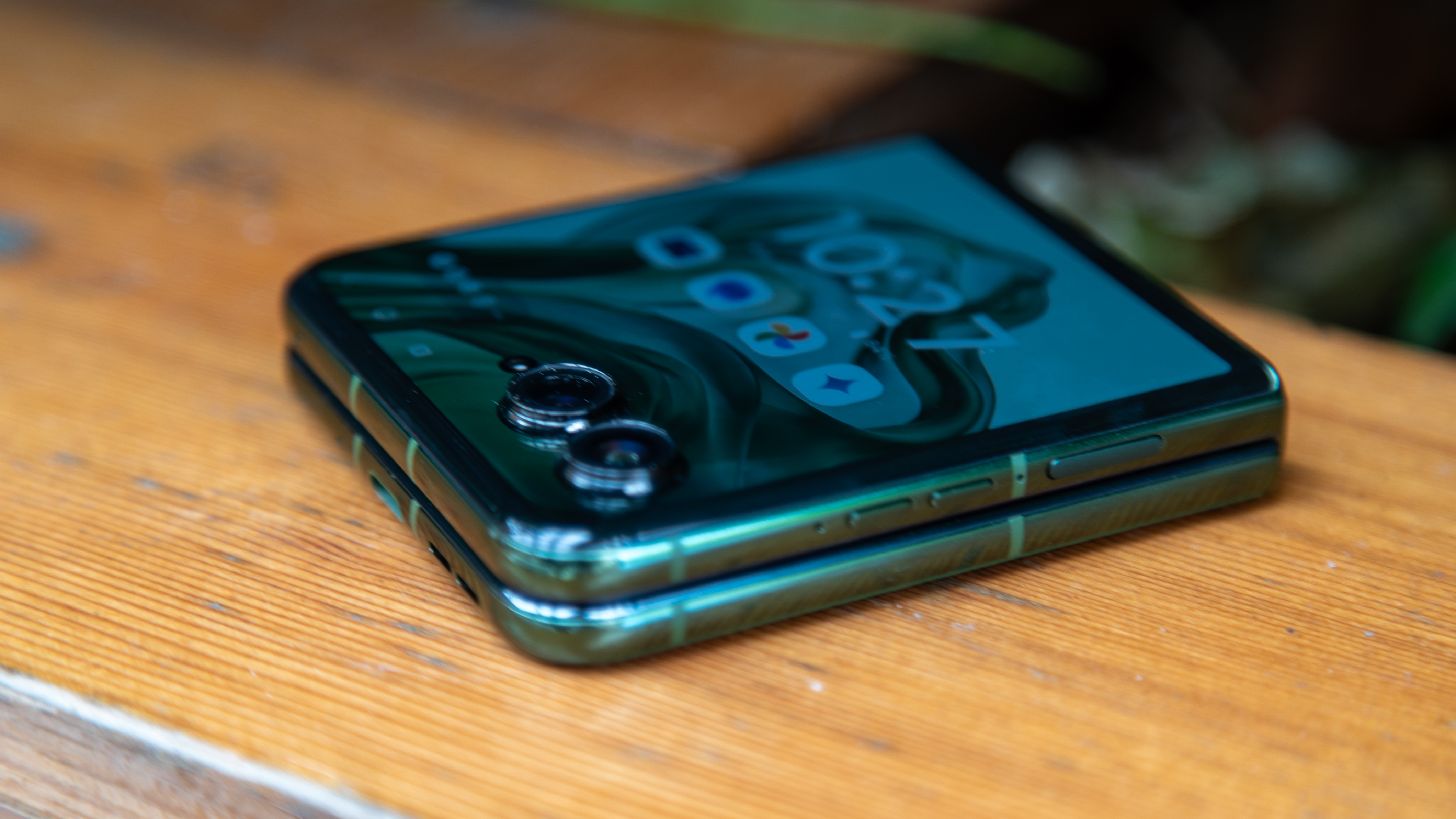
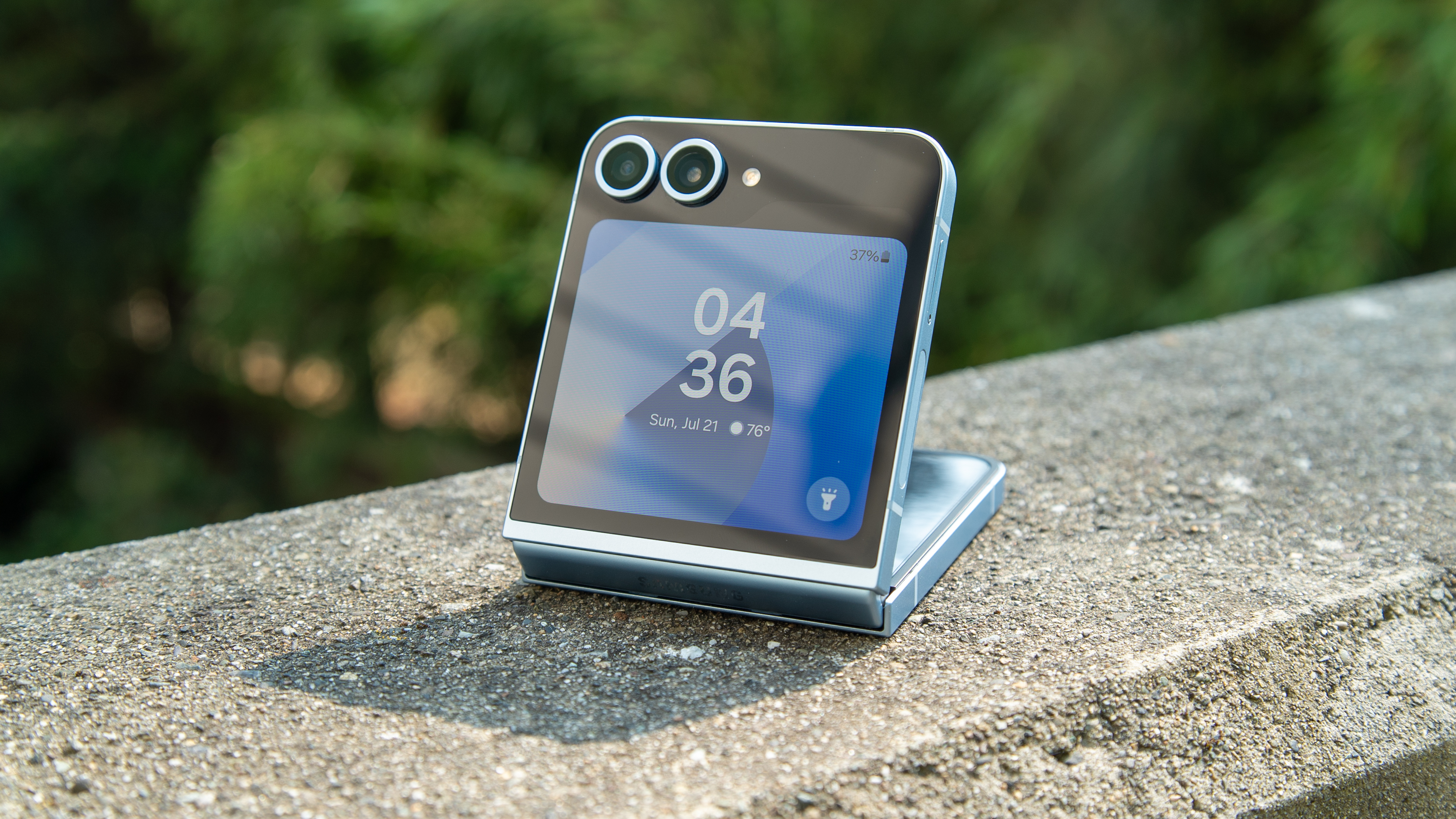
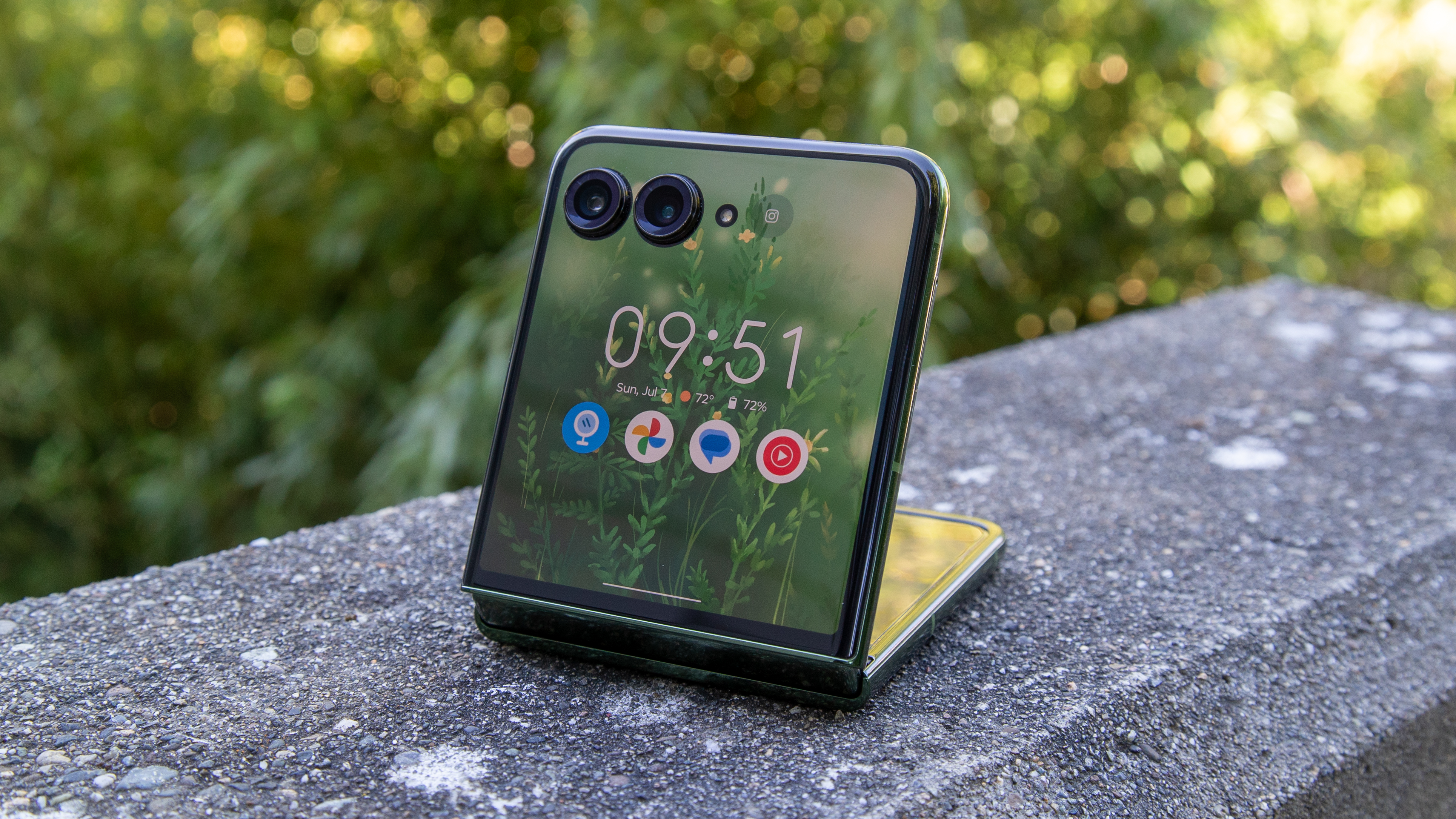
Both come in a variety of colors, although Motorola completely avoids the more traditional black, white, or gray/silver color options. Any color Razr Plus 2024 model you get will stand out with options such as Hot Pink (yes, it's back), Spring Green, Midnight Blue, and Peach Fuzz.
Samsung also offers an array of colors for the Galaxy Z Flip 6. The regular options mostly avoid the "traditional" colors, although you can still get white and a rather cool-looking black option exclusively at Samsung.com. Otherwise, your options are Silver Shadow, Yellow, Blue, and Mint.

Both phones feature OLED displays, but Motorola may have the lead on this one. The display is larger but also has a higher refresh rate at 165Hz compared to the 120Hz panel on the Z Flip 6. You may not really notice the difference unless you're gaming, but for some, it can make all the difference. Both displays are also plenty bright, reaching 2,600 nits for the Flip and 3,000 nits for the Razr at peak brightness, so seeing the display outdoors isn't really an issue.
Samsung improved the hinge on the Galaxy Z Flip 6 and added extra layers to the display to dramatically reduce the crease. The result is phenomenal: The crease is almost non-existent, both physically and visually. Motorola already got this right with the Razr Plus 2023, and the latest model follows suit.

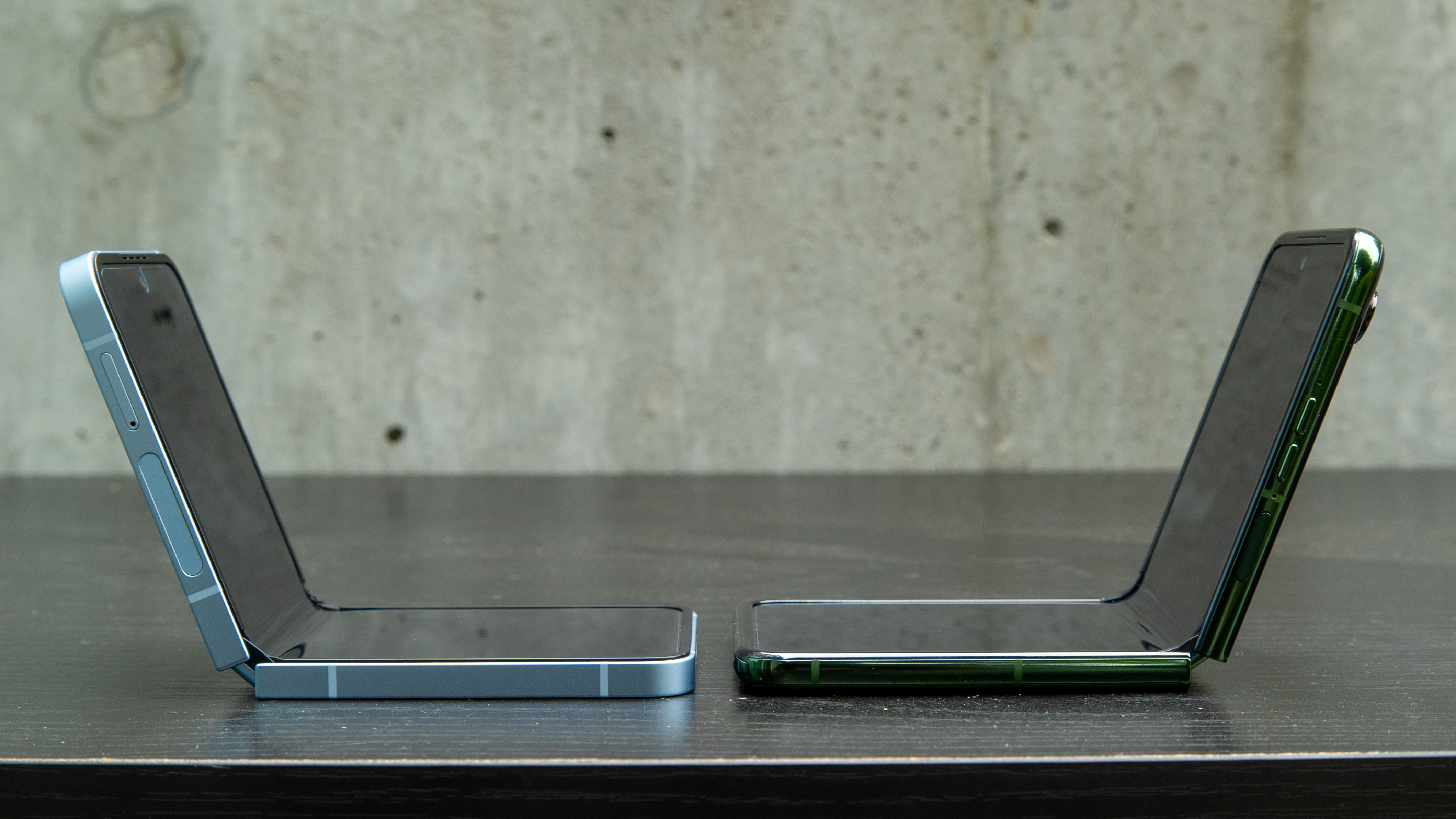

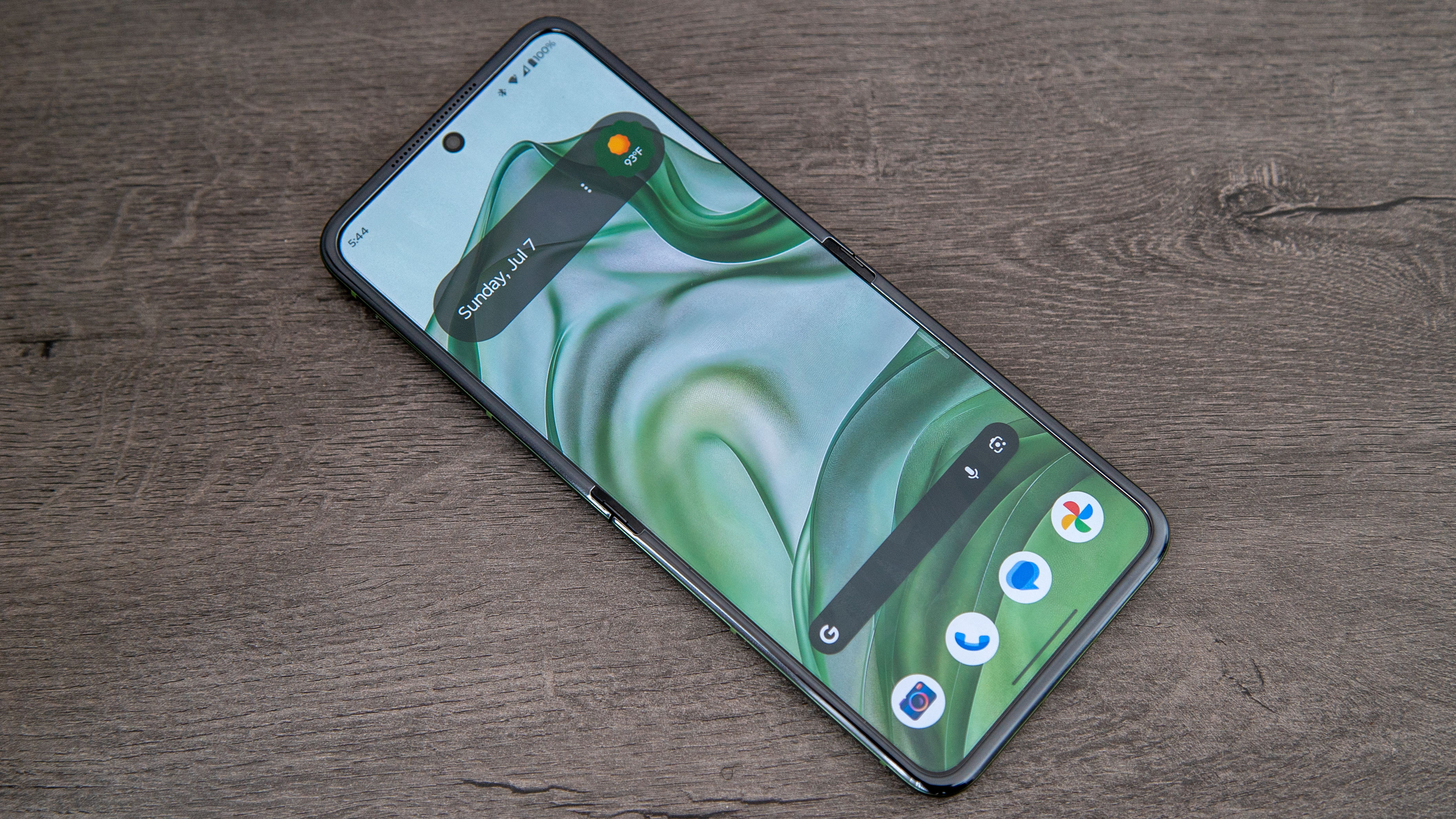
Motorola made some hinge improvements of its own, as the one in the Razr Plus 2024 feels much sturdier than the one used on its predecessor. It's still not as rigid as the Galaxy Z Flip 6, which may or may not work to its benefit, but it feels a lot better.
Lastly, the Galaxy Z Flip 6 features an IP48 rating for dust and water resistance, while the Razr Plus 2024 has just IPX8 for water resistance, although the company tells me that some level of dust resistance is inherently incorporated at this level of water resistance.
Samsung Galaxy Z Flip 6 vs. Motorola Razr Plus 2024: Specs
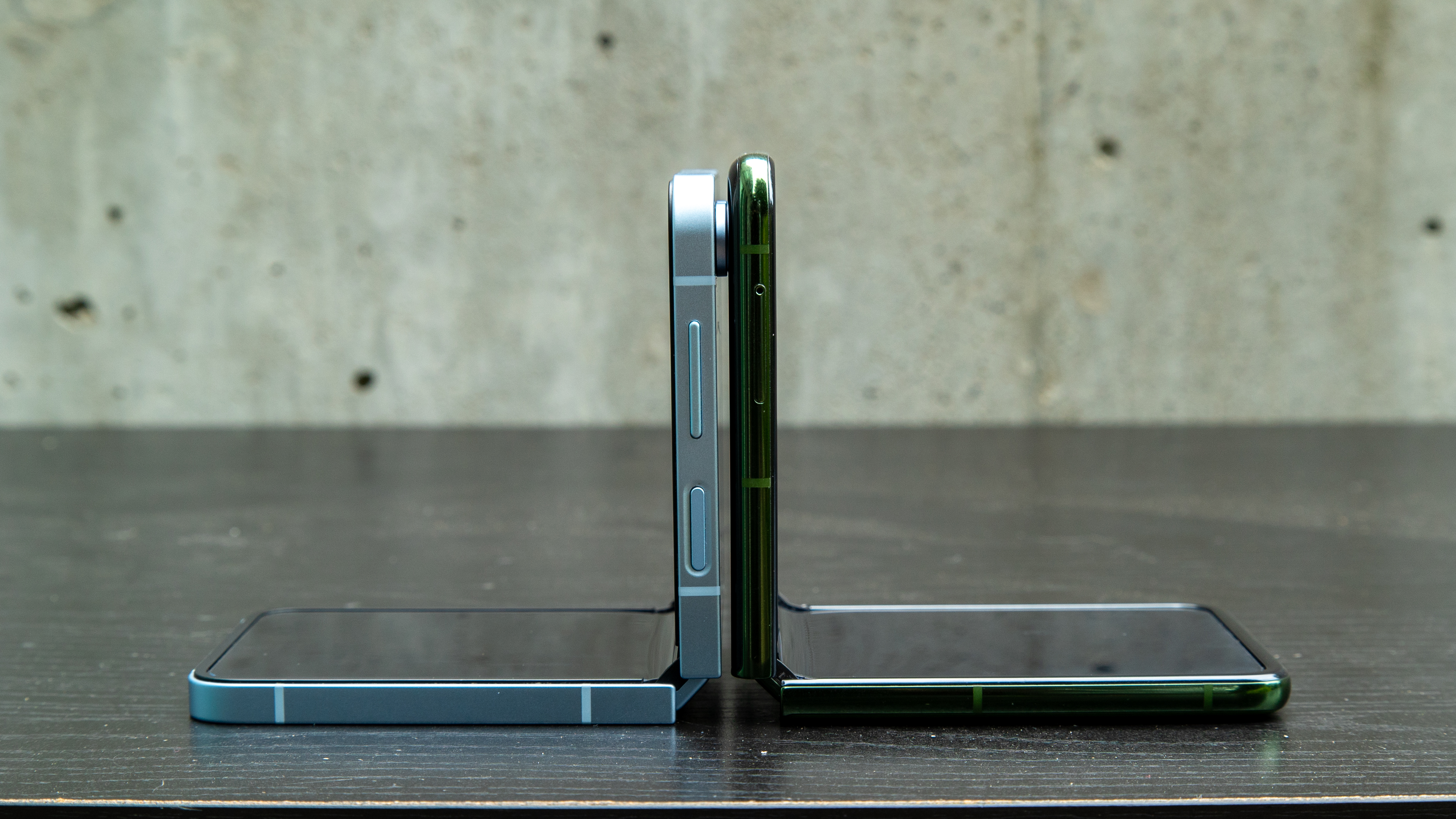
Both phones are equipped with flagship specs, but the Galaxy Z Flip 6 technically comes out on top in terms of performance. The phone is powered by the Snapdragon 8 Gen 3 for Galaxy, which is a premium chipset that brings plenty of power and enables new AI capabilities. This is coupled with 12GB of RAM, which should help with on-device AI processing.
Meanwhile, the Motorola Razr Plus 2024 is powered by the Snapdragon 8s Gen 3, a flagship chipset that's positioned just below the 8 Gen 3. It's plenty capable, although its capacity for AI applications isn't as robust. Still, with 12GB of RAM, the Razr performs just fine in everyday use, and you likely would not notice a performance gap between these two phones, whether you're playing games or just juggling multiple apps.
Category | Samsung Galaxy Z Flip 6 | Motorola Razr Plus 2024 |
|---|---|---|
Display | 6.7-inch Dynamic AMOLED 2x, LTPO (1-120Hz), 2640 x 1080 resolution, 22:9 aspect ratio, 2600 nits | 6.9-inch, pOLED, FHD+ (2640 x 1080), 165Hz LTPO, 3000 nit peak, 22:9 |
Cover display | 3.4-inch AMOLED, 60Hz, 720 x 748, 306 ppi | 4-inch, pOLED, 1272 x 1080, 165Hz, LTPO, 2400 nit peak |
Operating System | Android 14 (One UI 6.1.1) | Android 14 (Hello UX) |
Update promise | 7 years of OS and security updates | 3 years of OS upgrades, 4 years of security updates |
Chipset | Snapdragon 8 Gen 3 for Galaxy | Snapdragon 8s Gen 3 |
RAM | 12GB | 12GB |
Storage | 256GB, 512GB | 256GB |
Rear Camera 1 | 50MP wide, f/1.8, 1.0μm, Dual Pixel AF, OIS, 85˚ | 50MP wide, f/1.7, 0.8μm (1.6μm w/ pixel binning), OIS |
Rear Camera 2 | 12MP ultrawide, f/2.2, 1.12μm, 123˚ | 50MP 2x telephoto, f/2.0, 0.64μm (1.28μm w/ pixel binning) |
Front-facing Camera | 10MP wide, f/2.2, 1.22μm, 85˚ | 32MP, f/2.4, 0.7 μm (1.4μm w/ pixel binning) |
Battery | 4,000mAh | 4,000mAh |
Charging | 25W wired charging, 15W fast wireless charging 2.0, 4.5W reverse wireless charging | 45W wired charging, 15W wireless, 5W reverse wireless charging |
Weight | 187g | 189g |
Dimensions (folded) | 71.9 x 85.1 x 14.9mm | 74 x 88.1x 15.3mm |
Dimensions (unfolded) | 71.9 x 165.1 x 6.9mm | 74 x 171.4 x 7.1mm |
Protection | IP48, Armor Aluminum frame, Gorilla Glass Victus 2 (cover display, rear panel), PET screen protector (inner display) | IPX8, 6000-series aluminum, Gorilla Glass Victus, vegan leather |
Colors | Silver Shadow, Yellow, Blue, Mint (Samsung.com-exclusive: Crafted Black, White, Peach) | Midnight Blue, Spring Green, Peach Fuzz, Hot Pink |
With the Galaxy Z Flip 6, you get the option to choose between 256GB and 512GB of storage, while the Razr Plus 2024 makes that choice for you by only offering 256GB. That should be enough for most (it is for me), but it's nice to be able to opt for more if you think you'll hold onto your phone for a while.
Both feature the same size batteries, and battery life is pretty comparable between the two, offering nearly a full day's use on a single charge, depending on how you use it, obviously. The difference comes when it's time to charge the phone, with the Razr Plus 2024 offering nearly double the charging speed of the Flip. Given the larger batteries of these phones, you'll want that extra speed if you're in a hurry.
Samsung Galaxy Z Flip 6 vs. Motorola Razr Plus 2024: Cover screen

Samsung and Motorola continue to offer very different cover screen experiences on their flip phones. While Samsung is more focused on the curated "widget" experience, Motorola gives you that and then some by letting you open nearly any app from the cover screen out of the box.
Of course, many apps have not been developed with this size screen in mind, but Motorola makes it work quite well. Samsung lets you do this, too, but you have to dig into the Good Lock app and find a module to enable an app launcher. It's a bit of a chore, but once you get it working, it works fairly well.
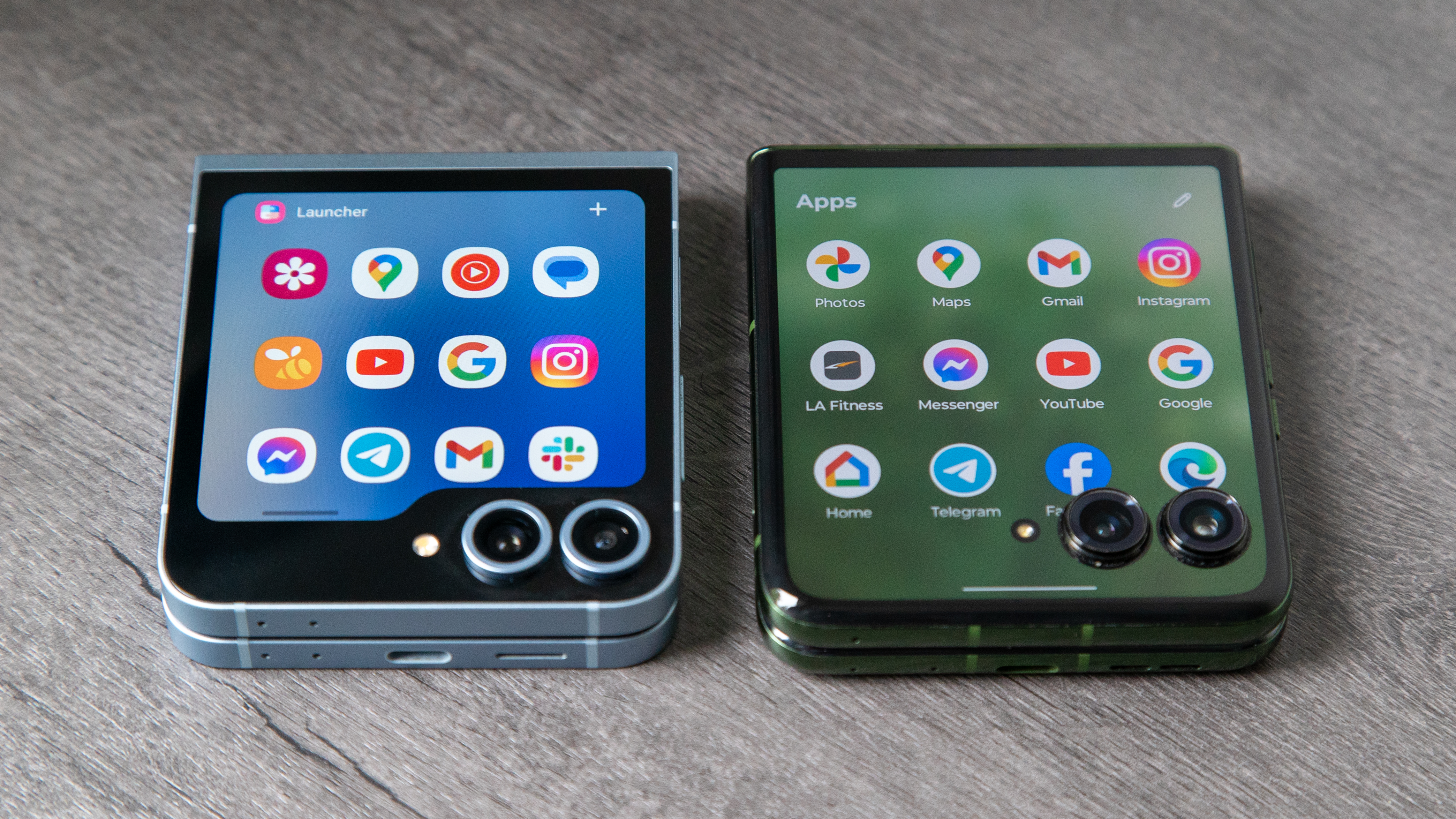
Still, it's a much fuller experience on the Razr Plus, which lets you seamlessly transition apps from the main and cover screens. Unlike the Z Flip 6, the Razr cover screen also lets you multitask, open apps straight from the notification panel, gives you a fuller quick settings panel, and is overall more customizable. There's also a neat desk display feature that acts as a desktop screensaver of sorts and lets you interact with the phone when you bring your phone near it.
That said, both have AODs, and Motorola even borrowed a feature from Samsung that lets you pinch the cover screen to see all your panels at once. They also now have the ability to add multiple widgets to a single panel.

Beyond the experience, Motorola's cover screen is also larger, sharper, and smoother thanks to the higher resolution and 165Hz refresh rate. By comparison, Motorola's cover screen still looks nice, but fairly low-res and compact.
Samsung Galaxy Z Flip 6 vs. Motorola Razr Plus 2024: Software
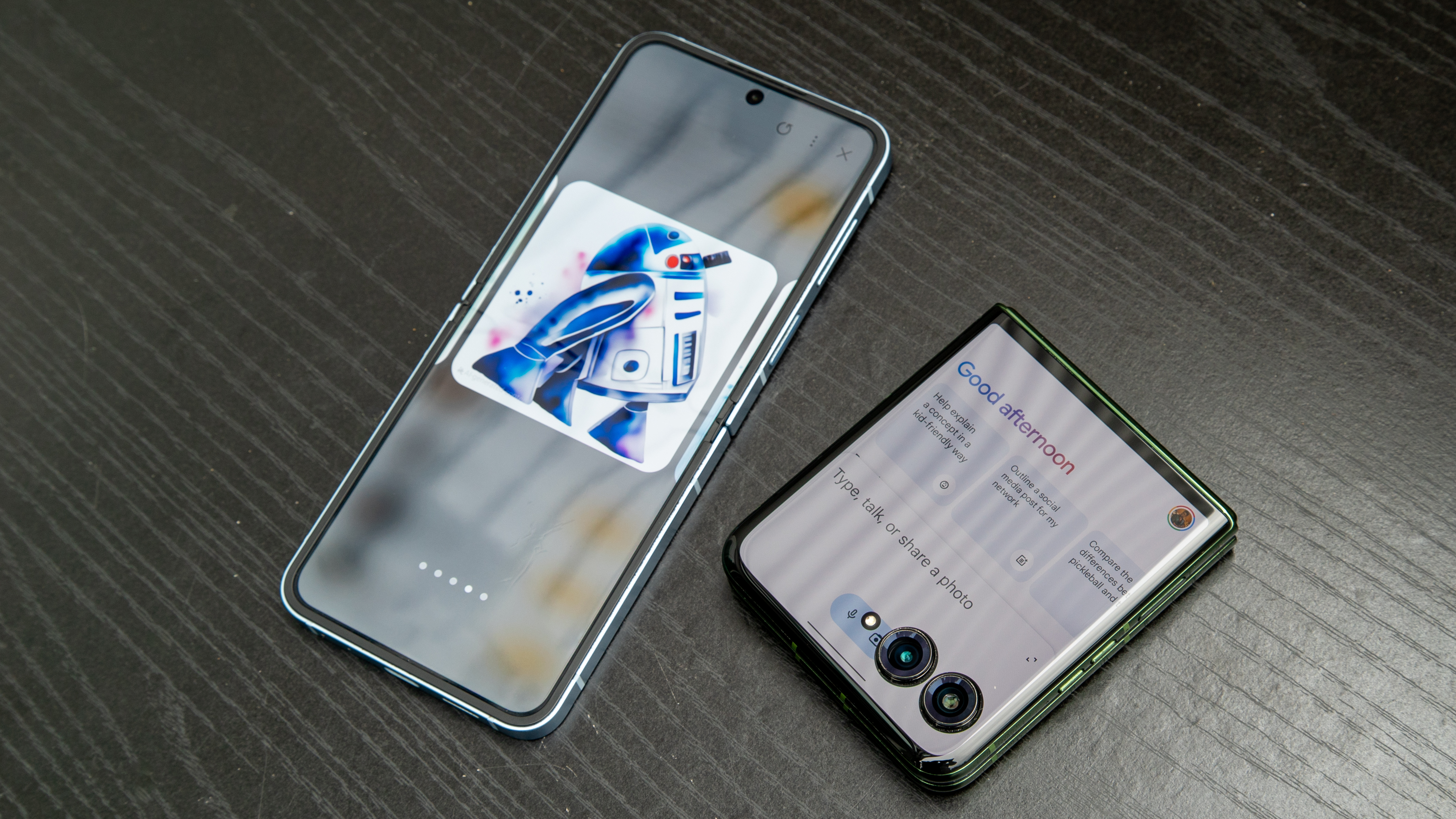
Both phones run Android 14, but just like their hardware, these phones have very different approaches to software. Samsung takes more of an "everything but the kitchen sink" approach, shoving tons of software features into its phones. On the one hand, this is great because Samsung has a lot of fun and useful features, and the company often gets access to Google features like Circle to Search before most other OEMs. (That feature and many others are now pretty widely available for Android devices.)
On the other hand, if you're new to Samsung phones, this can sometimes feel a bit overwhelming because there are so many features. With One UI 6.1.1, the Galaxy Z Flip 6 adds new Galaxy AI features that let you generate images with Portrait Studio or Sketch to Image, a Live Effect feature to bring images to life, improved translation features, and more. The Z Flip 6 also gets access to Expert RAW for those of you who want more control over your photos.
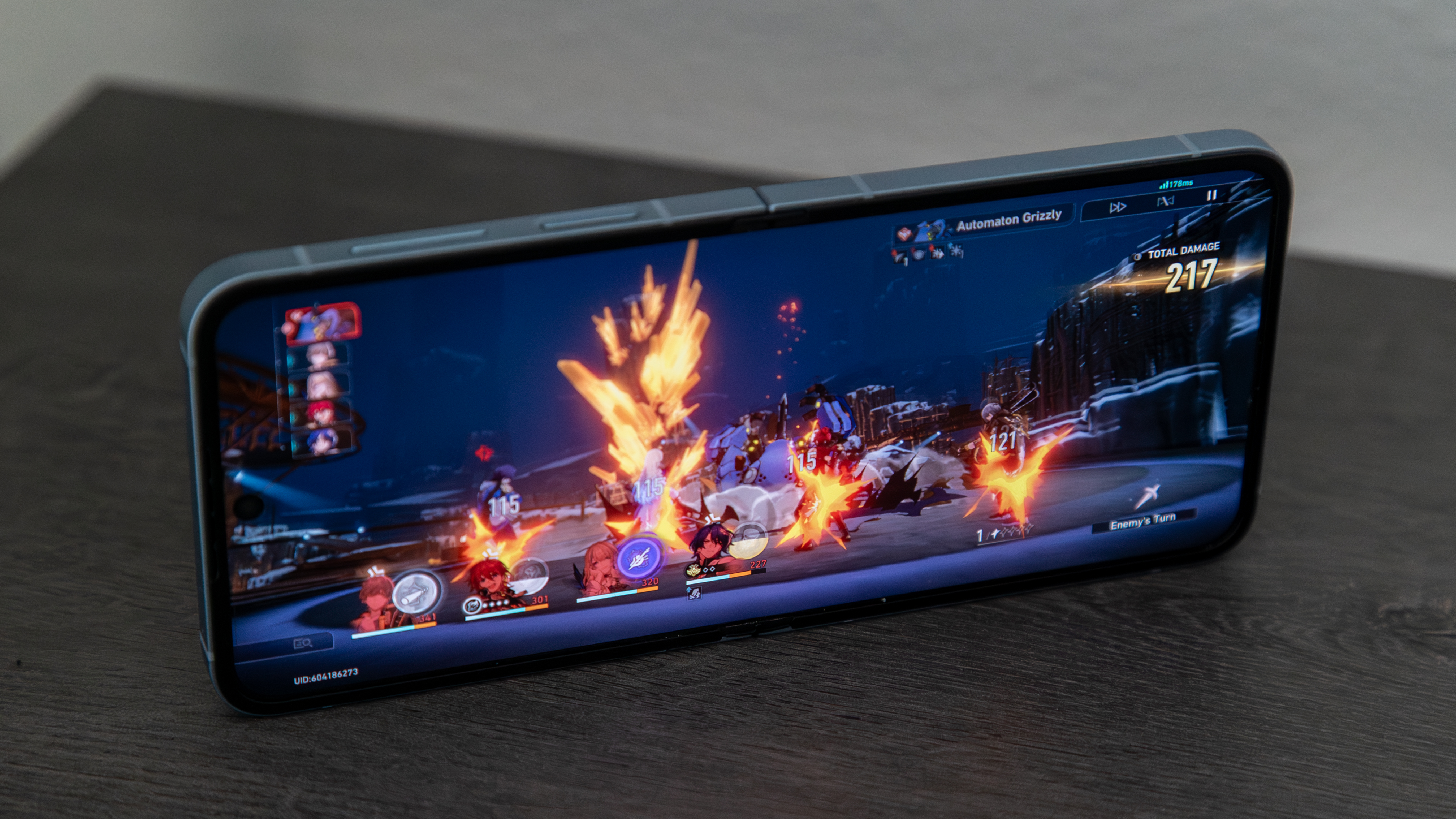
Meanwhile, Motorola's feature set isn't quite as robust, but there are some features you'll like. Gestures are a staple on Motorola phones, allowing you to quickly enable the camera with a twist of the wrist or turn on the flashlight by shopping the phone twice. Unfortunately, Motorola doesn't have its own preinstalled Gallery app where it can add unique photo editing features like Samsung, but you still get access to Magic Editor and Magic Eraser in the Google Photos app.
Some Google features like Circle to Search are also missing from the Razr, but Gemini is supported with access straight from the cover screen. Motorola has its own version of AI wallpapers that lets you generate images or mimic styles based on images you upload, but it's not nearly as good as the AI wallpapers on Samsung (or Pixel) phones.
Motorola revealed some interesting Moto AI features that will be available sometime soon, but unfortunately, they're unavailable at launch.
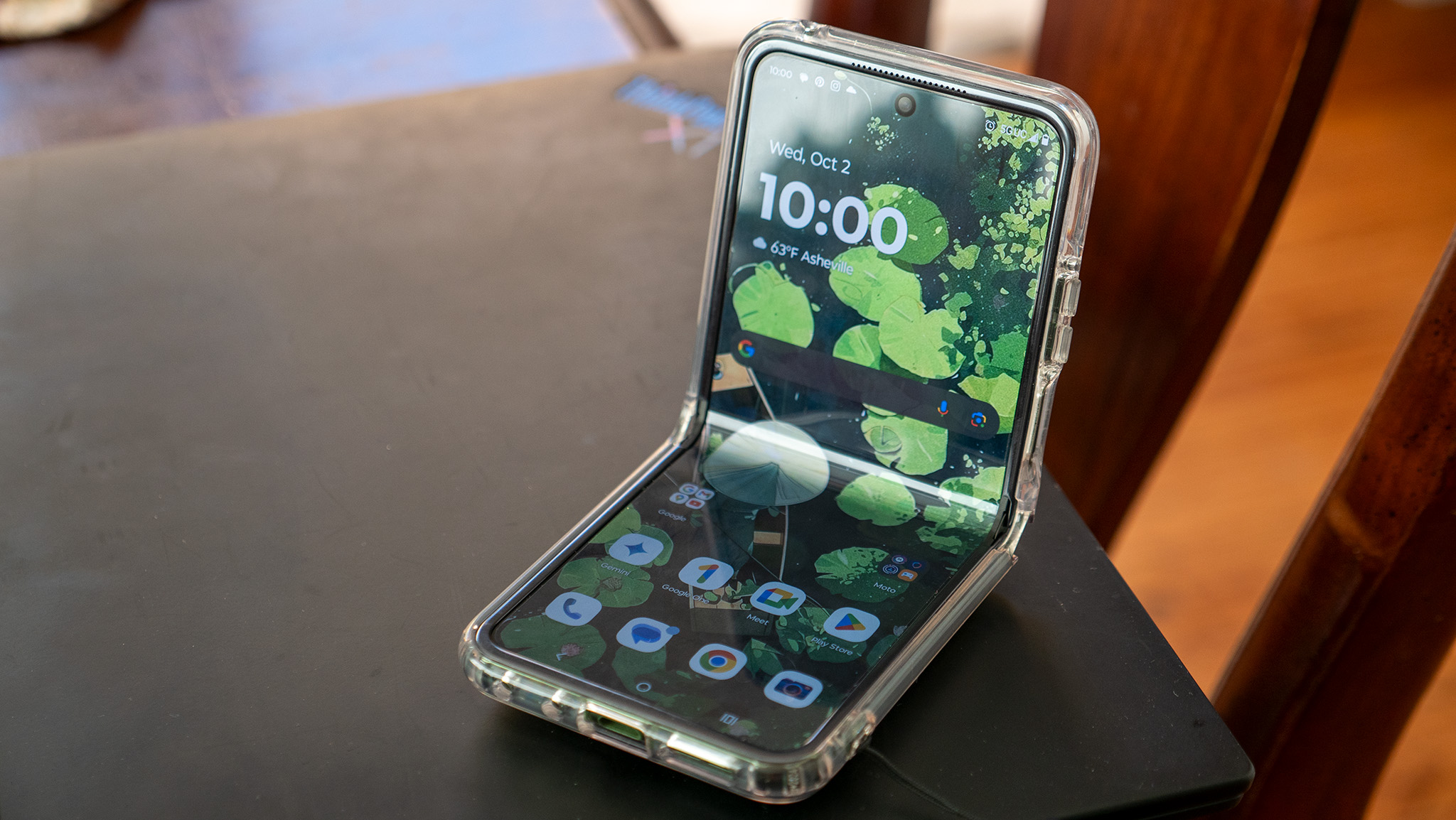
Of course, UI comes down to preference, with Samsung sticking to its tried and true One UI style and Motorola slowly moving away from the Pixel-like UI.
Then there's support. Motorola is pretty consistent with bi-monthly software updates, at least with the Razr Plus 2023, so we can assume the company will keep this up with its latest phone. Unfortunately, major OS upgrades aren't as quick or consistent, with the Razr Plus 2023 receiving Android 14 much longer than other phones. Hopefully, the company will improve on this front, but we'll have to wait and see. After all, the Razr Plus 2024 will receive three OS upgrades and four years of security updates. Since we're already on Android 15, you only have two more OS updates to go.
Samsung is much better with updates, often releasing them monthly for its newest phones and then being among the first to bring a new OS upgrade to its phones. We can expect this treatment with the Galaxy Z Flip 6, which will get seven years of updates and OS upgrades.
Samsung Galaxy Z Flip 6 vs. Motorola Razr Plus 2024: Cameras
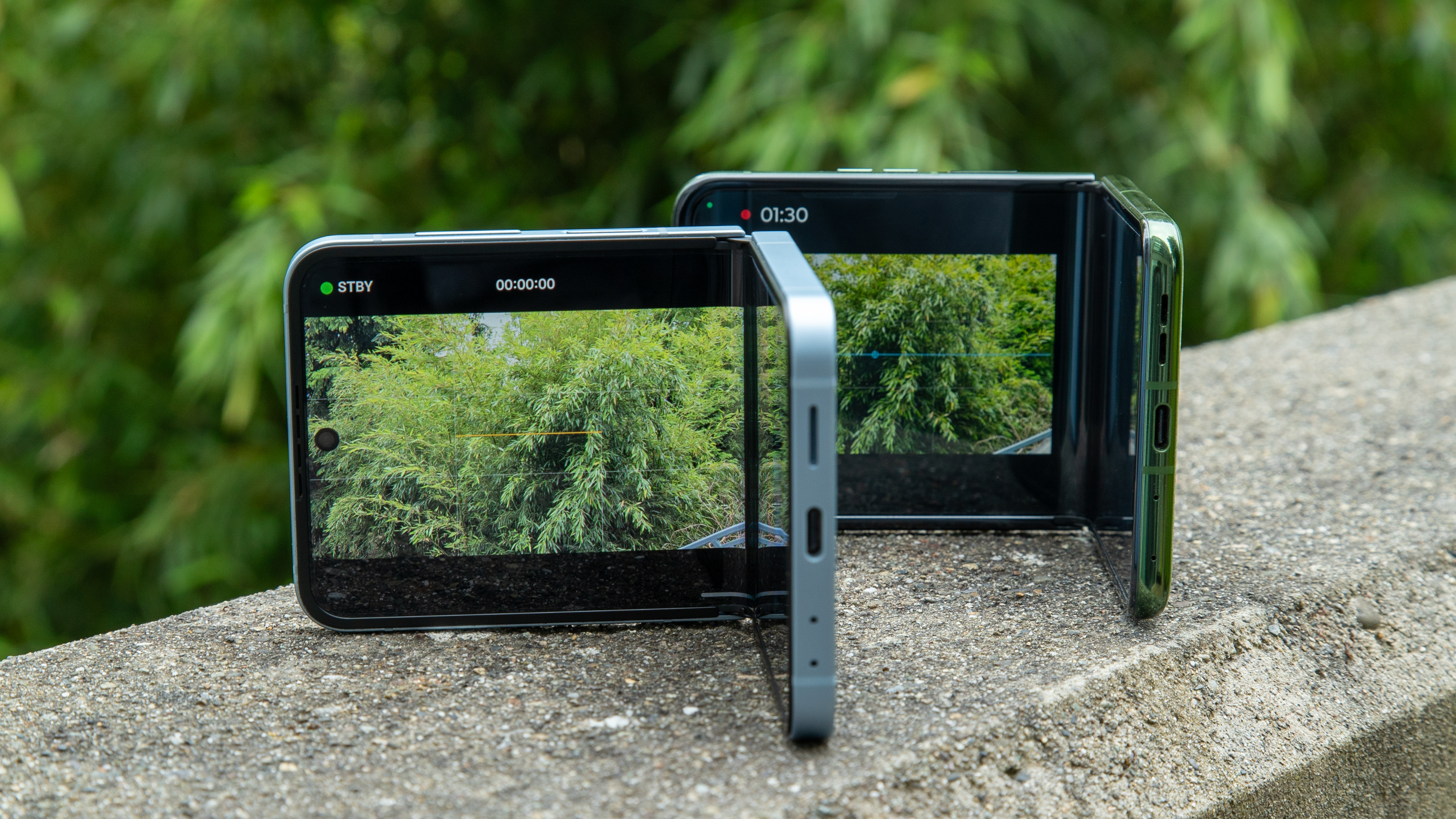
When it comes to photo quality, these phones are pretty evenly matched. It helps that both feature 50MP primary cameras, although Motorola isn't known for capturing particularly good images, so it's surprising to see it keeping up with a Samsung phone.
Both phones capture plenty of detail during the day, and while the Razr Plus 2024 has a slightly smaller field of view, it manages to get a bit more detail than the Flip and manages a bit better with movement, giving it a bit of an edge. Both capture plenty of light, with the Galaxy adding more contrast while the Razr keeps things truer to life. Color temperature is also slightly different between the two, as the Flip tends to lean towards cooler images than the Razr.
Both also do well with zoom, and Samsung's optical-quality 2x zoom manages to match the detail of Razr Plus 2024's 2x telephoto camera, which almost makes me wish Motorola just went with a secondary ultrawide camera.
Both phones do fairly well in low-light and night images, but the Galaxy Z Flip 6 is consistently better, with more aggressive post-processing that drastically brightens up even the darkest scenes. Motorola can manage some decent low-light and nighttime images, retaining detail and keeping certain elements from being blown out (like in the image below). However, oftentimes it seems Motorola isn't actually doing any nighttime processing to brighten up an image in darker scenes, making me wonder if Night Vision was even turned on.
When it comes to selfies, Motorola surprisingly seems to have an edge here, keeping my skin tone nice and rich and retaining much background detail while also bringing in some nice natural bokeh when in portrait mode. Samsung, on the other hand, often makes my skin look ashen, and I've had to switch to the Razr Plus 2024 multiple times when attempting to take a good selfie.
You can also see below that the Flip blows out the sky behind me.
The Galaxy Z Flip 6's camera does have a trick up its sleeve: Camera Assistant. With this app, you can add a 2x zoom button and auto HDR, among other features and enhancements. I would recommend it, as it would keep the phone from blowing out certain elements of the photo, bringing back details in the sky, for instance. Motorola already has auto HDR, which is probably what gives it its edge, and you can also apply auto enhancement powered by Google Photos, but I find this is often unnecessary.
Of course, the Razr and Flip come with secondary cameras, but it depends on whether you prefer the Razr's 2x telephoto sensor or the Flip's ultrawide sensor, as they obviously serve different purposes.
Both phones capture 4K 60 video quite well. They also support an Auto Camcorder mode that lets you record with a special UI when the phone is folded at a 90-degree angle, a handy feature when you want to capture a moment quickly.
Samsung Galaxy Z Flip 6 vs. Motorola Razr Plus 2024: Which should you buy?
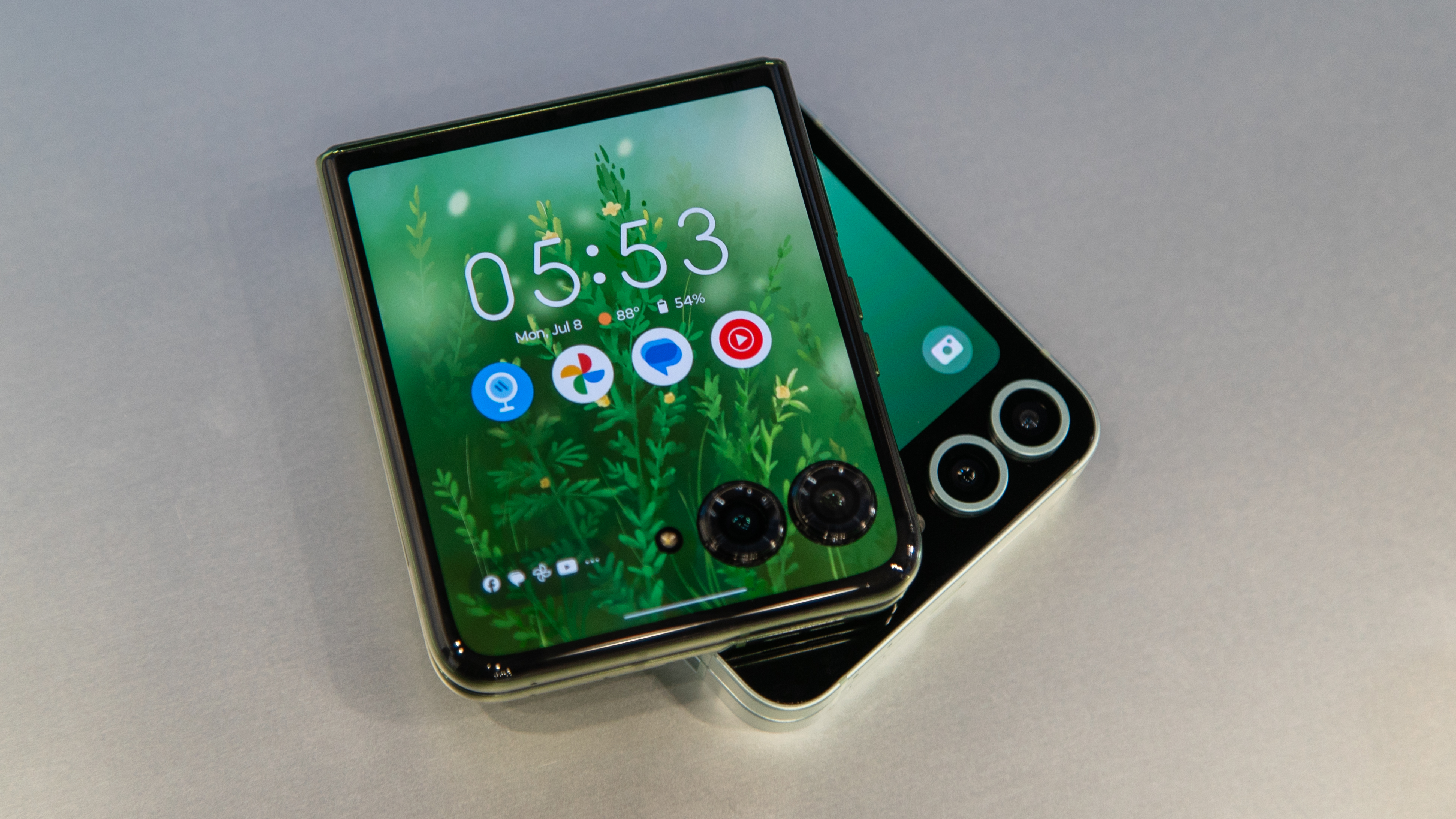
Deciding between the Galaxy Z Flip 6 and Motorola Razr Plus 2024 isn't exactly cut and dry. Motorola has made tons of improvements to its Razr that bring it neck and neck with the Galaxy in terms of performance, battery life and camera quality. The major differences come down to design, software, and the cover screen experience, and any one of these can be a deal breaker for some.
If you want all the AI features under the sun, plus an extensive and consistent software update promise, then Samsung is for you, so long as you're willing to spend the extra $100 on a rather iterative phone. Meanwhile, the Razr Plus 2024 has the best cover screen experience of any flip phone, and new AI features on the horizon, but the overall software experience isn't as robust or interesting.
Of course, there's also the camera situation, and a choice between the Z Flip 6 and Razr Plus 2024 means a choice between an ultrawide sensor and a telephoto sensor. So you'll want to consider how you like to use your camera and which one would make more sense for you.
Both phones have a different approach to just about everything, but truth be told, I don't think you can go wrong with either device, so long as you know what experience you want to have when using it.

The Flip gets better
The Samsung Galaxy Z Flip 6 is one of the most powerful flip phones you can buy, backed by a premium Snapdragon chip and Samsung's powerful Galaxy AI software. With a larger battery, newly improved camera system, and expanded software promise, this phone definitely won't disappoint.

Razr sharp
The Motorola Razr Plus 2024 sets the standard for modern flip phones with an expansive 4-inch cover screen for checking notifications, opening apps, and taking selfies. It also has a striking design and impressive specs, making this arguably one of the best foldable phones you can buy at this price.
Be an expert in 5 minutes
Get the latest news from Android Central, your trusted companion in the world of Android

Derrek is the managing editor of Android Central, helping to guide the site's editorial content and direction to reach and resonate with readers, old and new, who are just as passionate about tech as we are. He's been obsessed with mobile technology since he was 12, when he discovered the Nokia N90, and his love of flip phones and new form factors continues to this day. As a fitness enthusiast, he has always been curious about the intersection of tech and fitness. When he's not working, he's probably working out.
- Christine PersaudContributor
You must confirm your public display name before commenting
Please logout and then login again, you will then be prompted to enter your display name.
